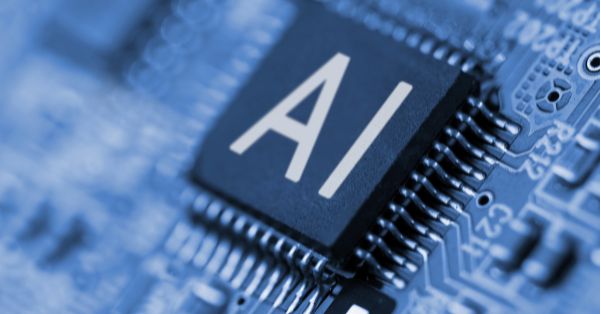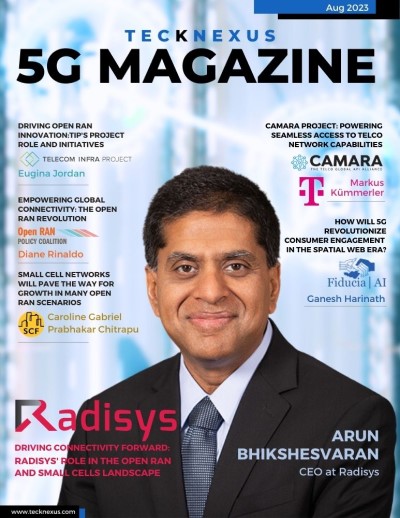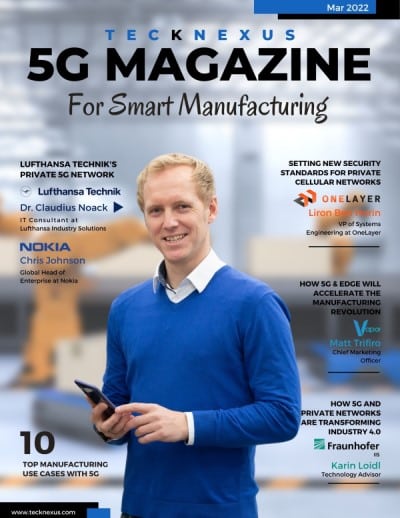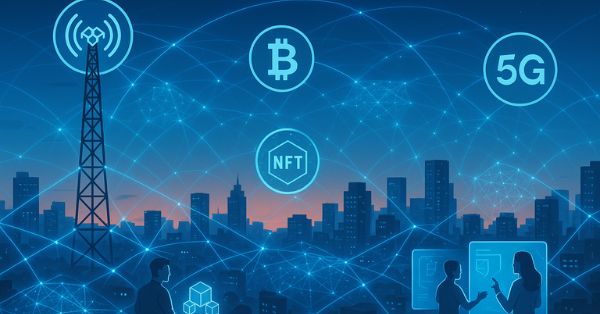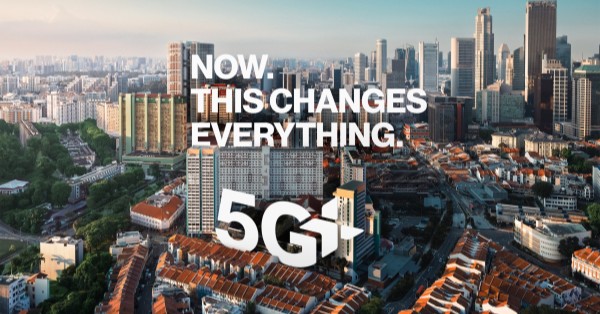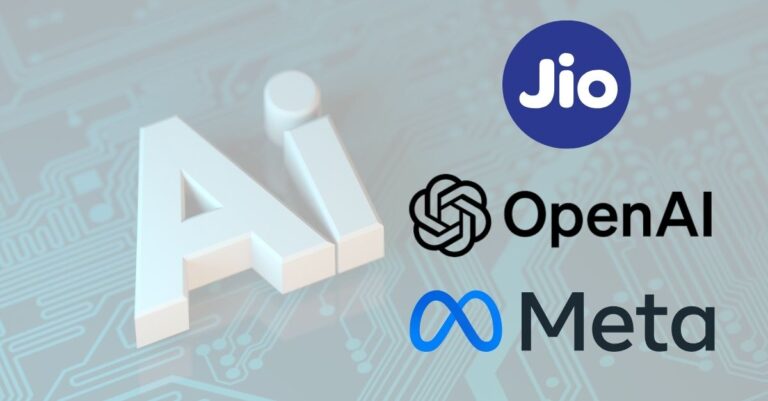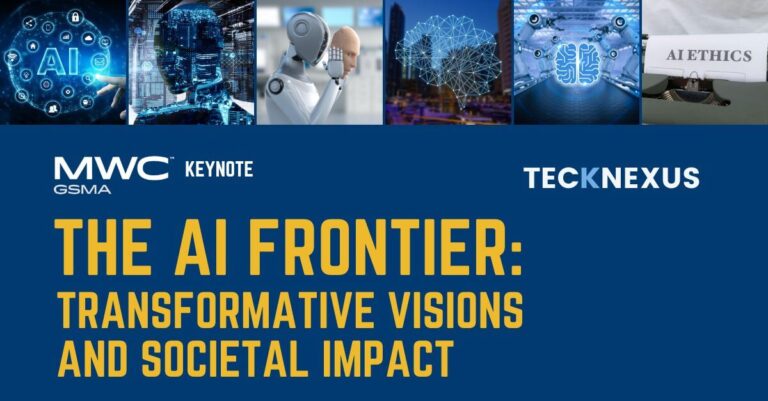NVIDIA and AMD are preparing to release new AI-focused GPUs in China by July 2025. These chips are being specifically designed to comply with the latest U.S. export regulations, which limit the sale of advanced semiconductor technology to China. The move is an effort to maintain access to a vital market while staying within the bounds of Washington’s evolving trade policies.
The news, reported by…
Home » Retail
Retail
Essential insights and practical tools for navigating private networks. Get Details.
Available on Amazon & Google Books
Subscribe To Our Newsletter
- Tech News & Insight
- May 29, 2025
- Hema Kadia
NVIDIA and AMD will launch AI chips in China by July 2025, including the B20 and Radeon AI PRO R9700, tailored to comply with U.S. export rules. With performance capped under regulatory thresholds, these GPUs aim to support China’s enterprise AI needs without violating tech trade restrictions. NVIDIA is also rolling out a lower-cost chip based on Blackwell architecture, signaling a shift toward compliant yet capable AI compute options in restricted markets.
- Tech News & Insight
- May 27, 2025
- Hema Kadia
Web3 is redefining the telecom industry by introducing decentralized infrastructure, blockchain-based billing, smart contracts, NFTs, and digital identity. This article explores how telcos can evolve from connectivity providers to key players in Web3 ecosystems—offering programmable services, token economies, and secure, user-centric digital experiences.
- 5G, 6G, AI, AR, Blockchain, Edge/MEC, IoT, Metaverse, Sustainability, VR
- ATT, CBRS, China Mobile, Crypto, Dish Network, Fiber, Investment, LTE, MTN, NFT, Policy, SKT, Spectrum, T-Mobile, Telefonica, Verizon, Web3
- Agriculture, Education, HealthCare, Media and Broadcast, Retail, Telecom
- Tech News & Insight
- May 15, 2025
- Hema Kadia
Singtel launches 5G+, introducing nationwide network slicing for both consumers and enterprises, a global first. This upgrade brings faster speeds, lower latency, stronger indoor coverage, and real-time cyber protection to over 1.5 million users. Singtel 5G+ enhances mobile connectivity with the 700MHz spectrum, priority plans, and app-based slicing for business-critical apps, aligning with Singapore’s Smart Nation goals.
- Tech News & Insight
- May 9, 2025
- Rohit Nambiar
Indoor 5G enables high-speed, low-latency connectivity in enclosed environments like offices, hospitals, and airports, supporting mission-critical applications and smart building operations. The market is driven by technological advancements in small cells, distributed antenna systems, and a mix of mmWave and Sub-6 GHz bands. Asia-Pacific leads in adoption due to smart city initiatives and government support. Picocells and antennas are key components, with growing demand in emerging economies fueled by subsidies and infrastructure upgrades. Recent developments include partnerships and acquisitions aimed at strengthening indoor 5G capabilities.
- Tech News & Insight
- April 22, 2025
- Hema Kadia
Indian telecom companies such as Jio and Airtel are moving beyond internal AI use cases to co-develop monetizable, India-focused AI applications in partnership with tech giants like Google, Nvidia, Cisco, and AMD. These collaborations are enabling sector-specific AI tools across healthcare, education, and agriculture, boosting operational efficiency, customer experience, and creating new revenue streams for telecom operators.
- Tech News & Insight
- April 15, 2025
- Hema Kadia
Samsung has launched two new rugged devices—the Galaxy XCover7 Pro smartphone and the Tab Active5 Pro tablet—designed for high-intensity fieldwork in sectors like logistics, healthcare, and manufacturing. These devices offer military-grade durability, advanced 5G connectivity, and enterprise-ready security with Samsung Knox Vault. Features like hot-swappable batteries, gloved-touch sensitivity, and AI-powered tools enhance productivity and reliability in harsh environments.
- Tech News & Insight
- March 27, 2025
- Hema Kadia
OpenAI and Meta are eyeing partnerships with Reliance Industries to bring AI tools like ChatGPT and Llama to millions in India. By integrating with Reliance’s telecom and digital networks, these tech giants aim to make AI more accessible and affordable. Reliance’s reach, infrastructure, and government ties make it an ideal partner to scale AI adoption across diverse markets—from cities to rural India.
- Tech News & Insight
- March 5, 2025
- Hema Kadia
AI is reshaping the world—transforming business, governance, and human interactions while raising critical questions about ethics, security, and digital equity. At MWC 2025, global AI pioneers, including Ray Kurzweil, Vilas Dhar, and industry leaders, will discuss AI’s role in automation, human augmentation, and the future of work. Join this thought-provoking keynote to explore how we can harness AI responsibly for an inclusive, innovative, and sustainable future.
- Tech News & Insight
- January 31, 2025
- Hema Kadia
What are AI agents? AI agents are intelligent software systems that perform tasks autonomously, adapt to new data, and make context-aware decisions. Unlike traditional automation, AI agents use machine learning, NLP, and advanced analytics to improve efficiency, reduce costs, and drive business growth. Explore their key features, benefits, and industry applications in this in-depth AI Agent Blog Series.
- Tech News & Insight
- October 9, 2024
- Hema Kadia
NVIDIA has partnered with major U.S. tech companies such as AT&T and Lowe’s to drive AI transformation across industries, using its advanced NeMo™ and NIM™ microservices. These collaborations aim to create AI-powered solutions that enhance productivity and operational efficiency in sectors like telecommunications, retail, and education. Consulting firms like Accenture and Deloitte are leading AI integration efforts, using NVIDIA’s tools to build custom AI applications that revolutionize healthcare, manufacturing, and financial services. This initiative highlights the growing role of AI in shaping the future of global industries.
Whitepaper
Telecom networks are facing unprecedented complexity with 5G, IoT, and cloud services. Traditional service assurance methods are becoming obsolete, making AI-driven, real-time analytics essential for competitive advantage. This independent industry whitepaper explores how DPUs, GPUs, and Generative AI (GenAI) are enabling predictive automation, reducing operational costs, and improving service quality....

Whitepaper
Explore the collaboration between Purdue Research Foundation, Purdue University, Ericsson, and Saab at the Aviation Innovation Hub. Discover how private 5G networks, real-time analytics, and sustainable innovations are shaping the "Airport of the Future" for a smarter, safer, and greener aviation industry....

Article & Insights
This article explores the deployment of 5G NR Transparent Non-Terrestrial Networks (NTNs), detailing the architecture's advantages and challenges. It highlights how this "bent-pipe" NTN approach integrates ground-based gNodeB components with NGSO satellite constellations to expand global connectivity. Key challenges like moving beam management, interference mitigation, and latency are discussed, underscoring...

Download Magazine
With Subscription
Subscribe To Our Newsletter
Executive Interviews
Brand Connect
Amplify Your Brand & Boost Your Business
- Thought-Leadership Management
- Magazine Article
- Executive Interviews
- Whitepapers
- Research Reports
- Custom Research
- Blog Series
- Webinars
- Podcasts
- Advertorials
- Display Ads
- Event Partnership



